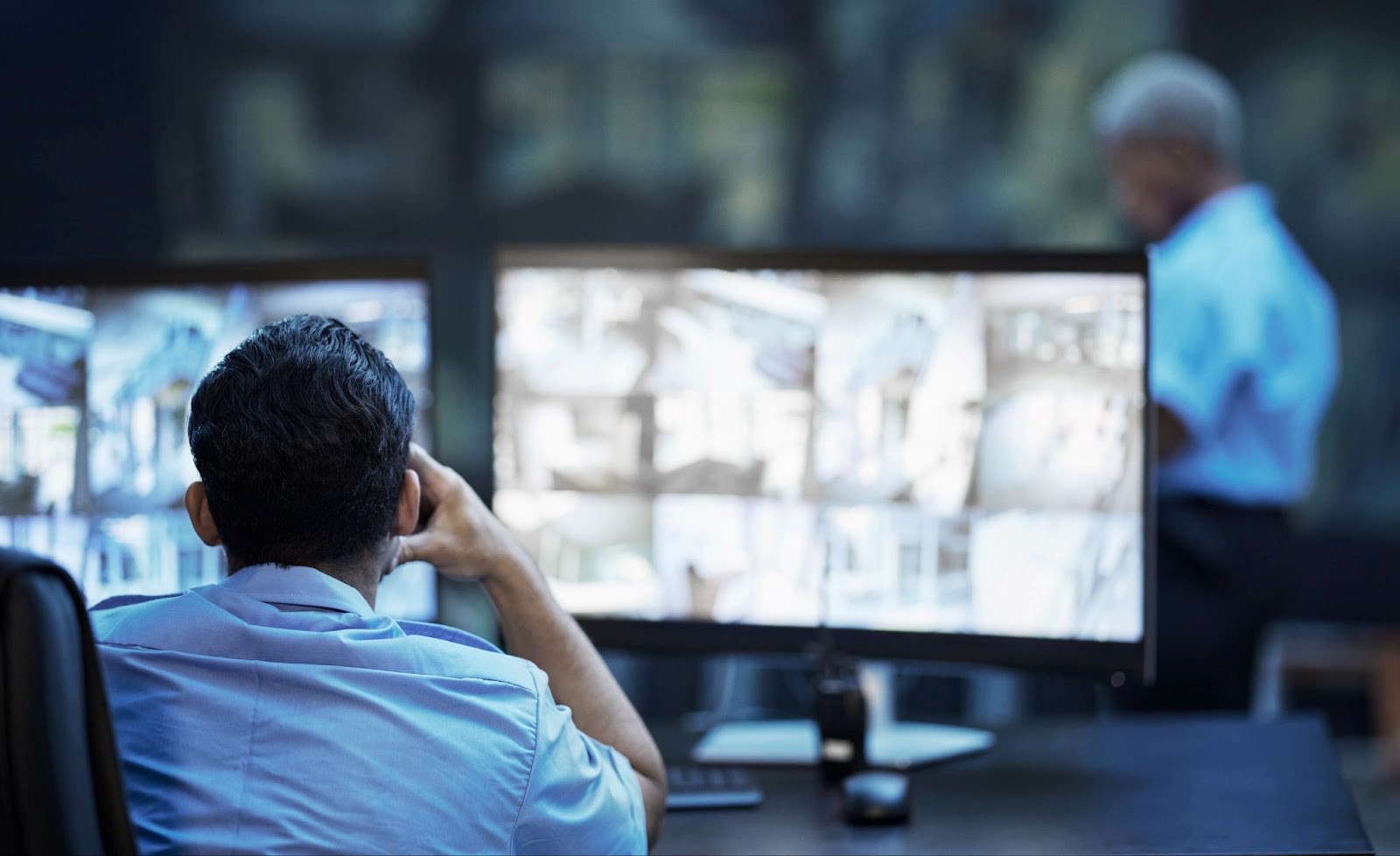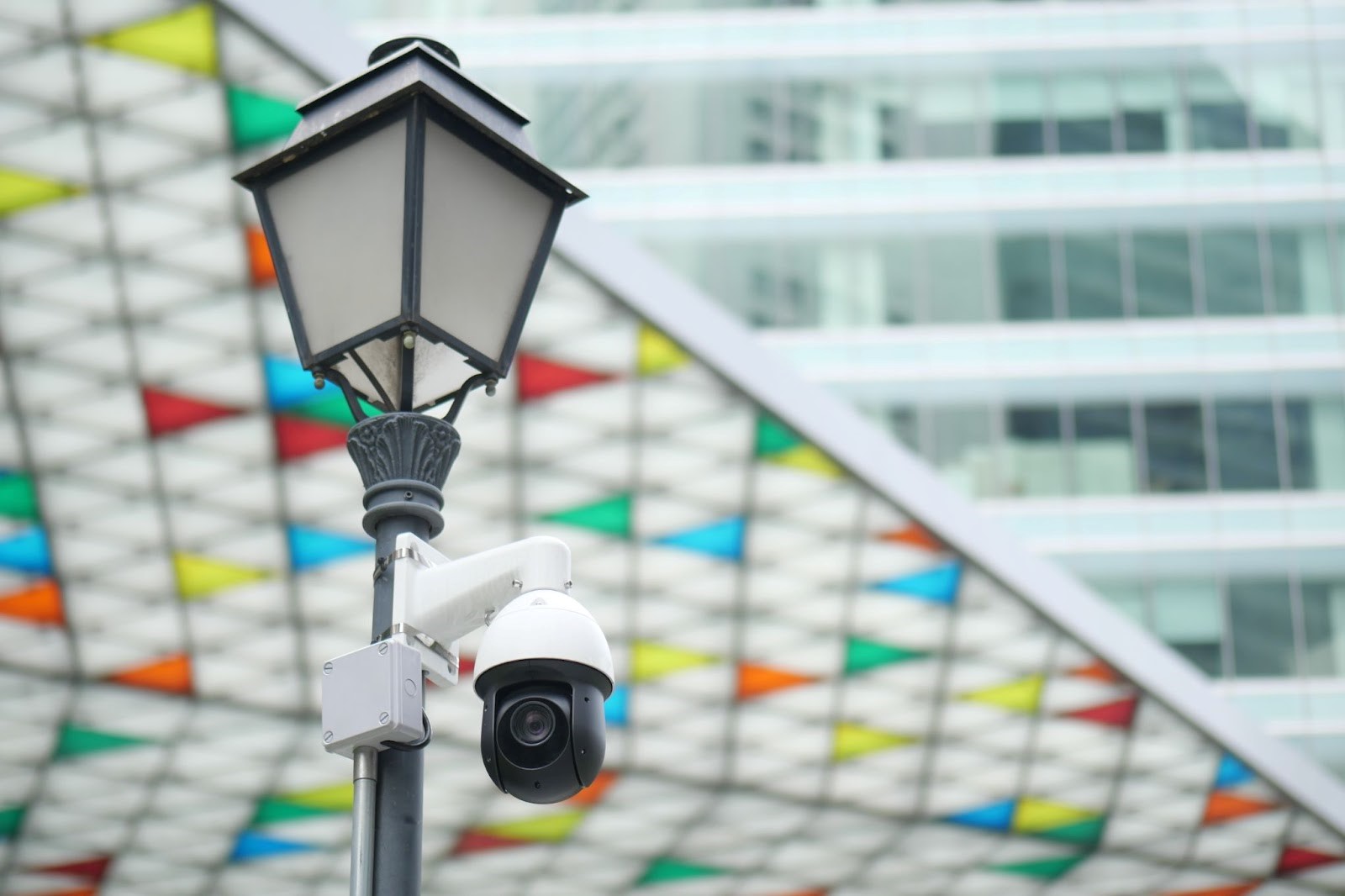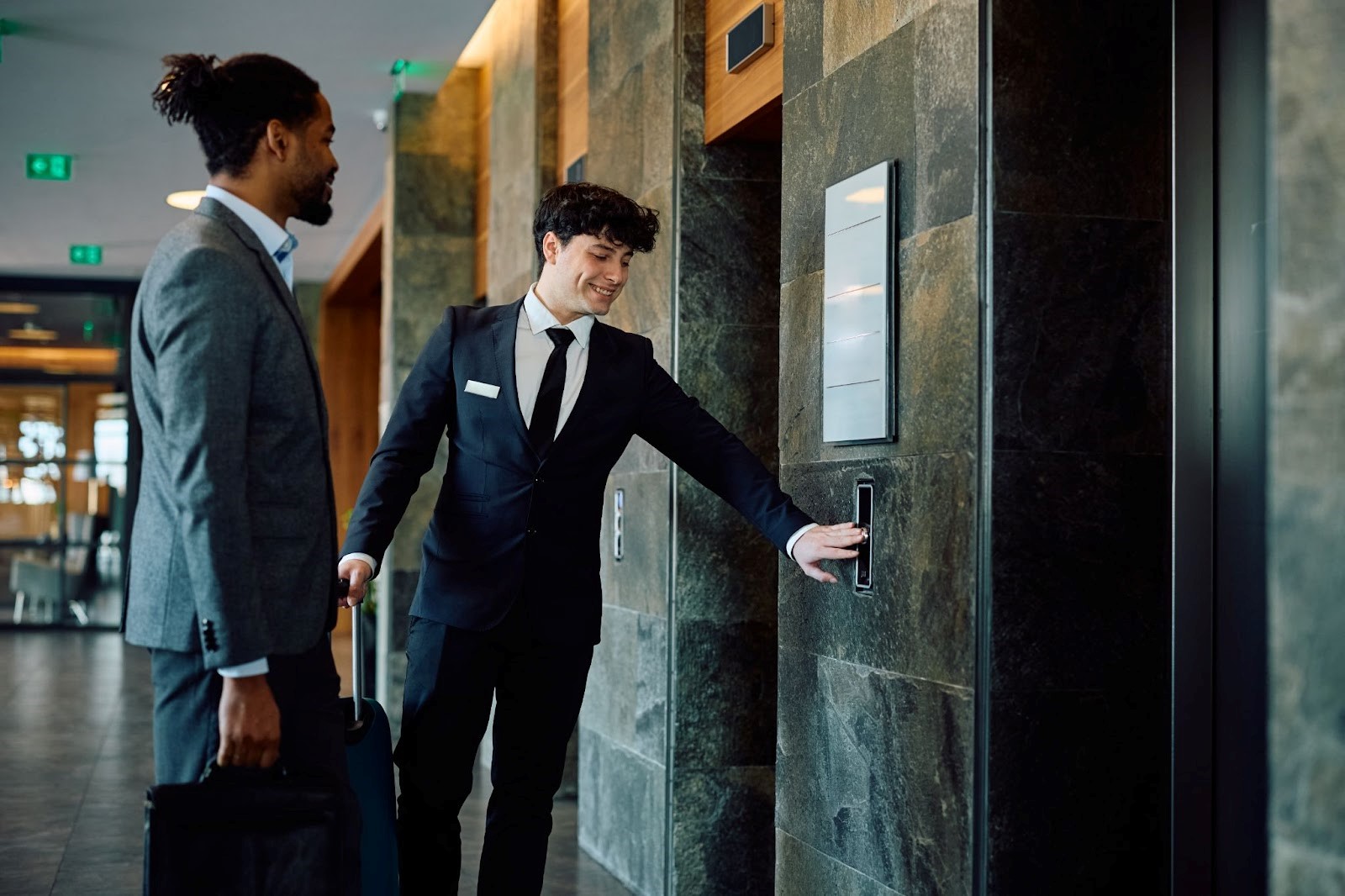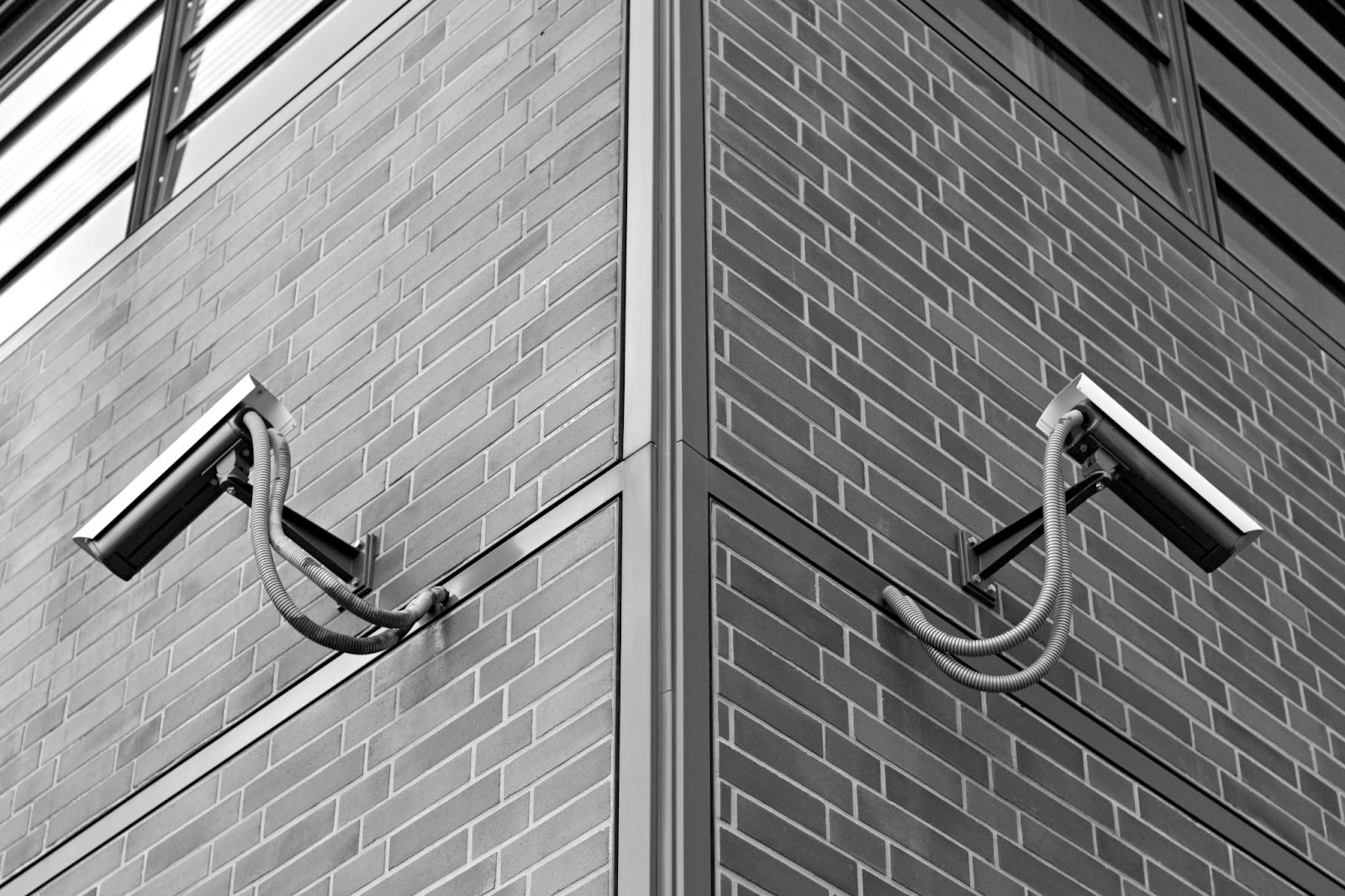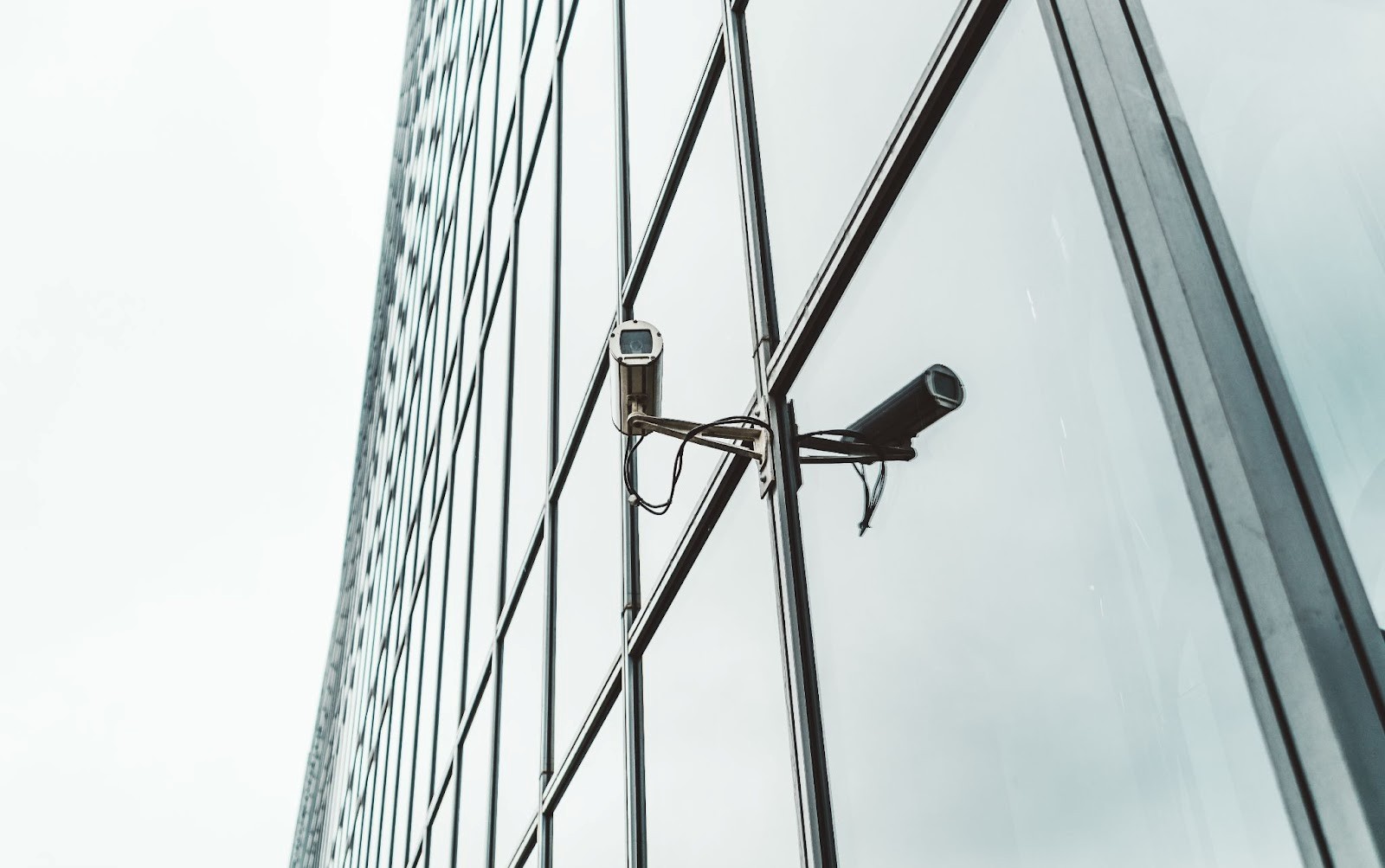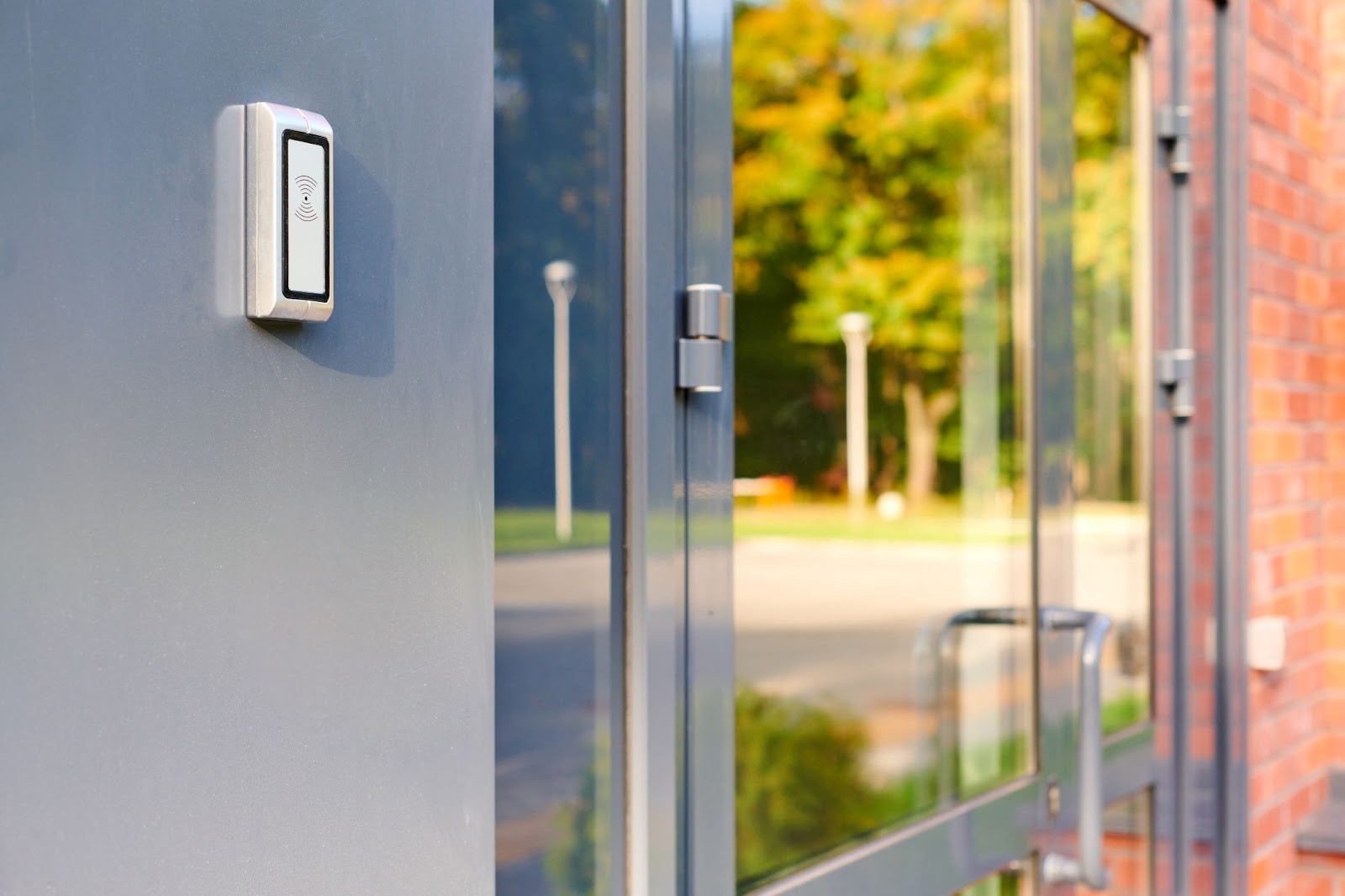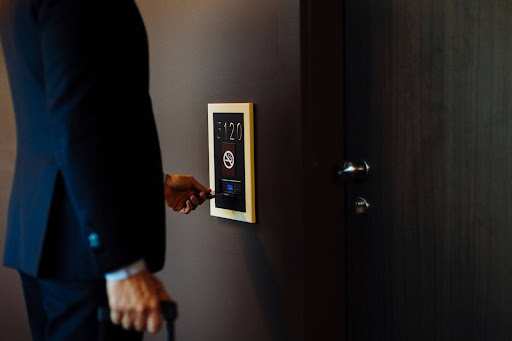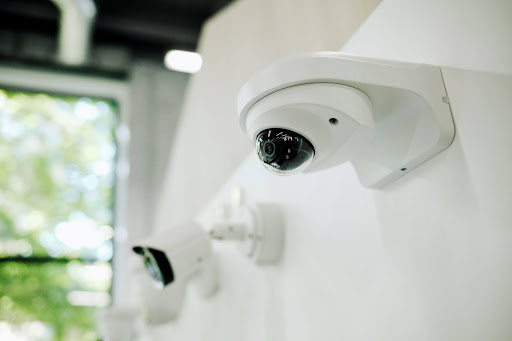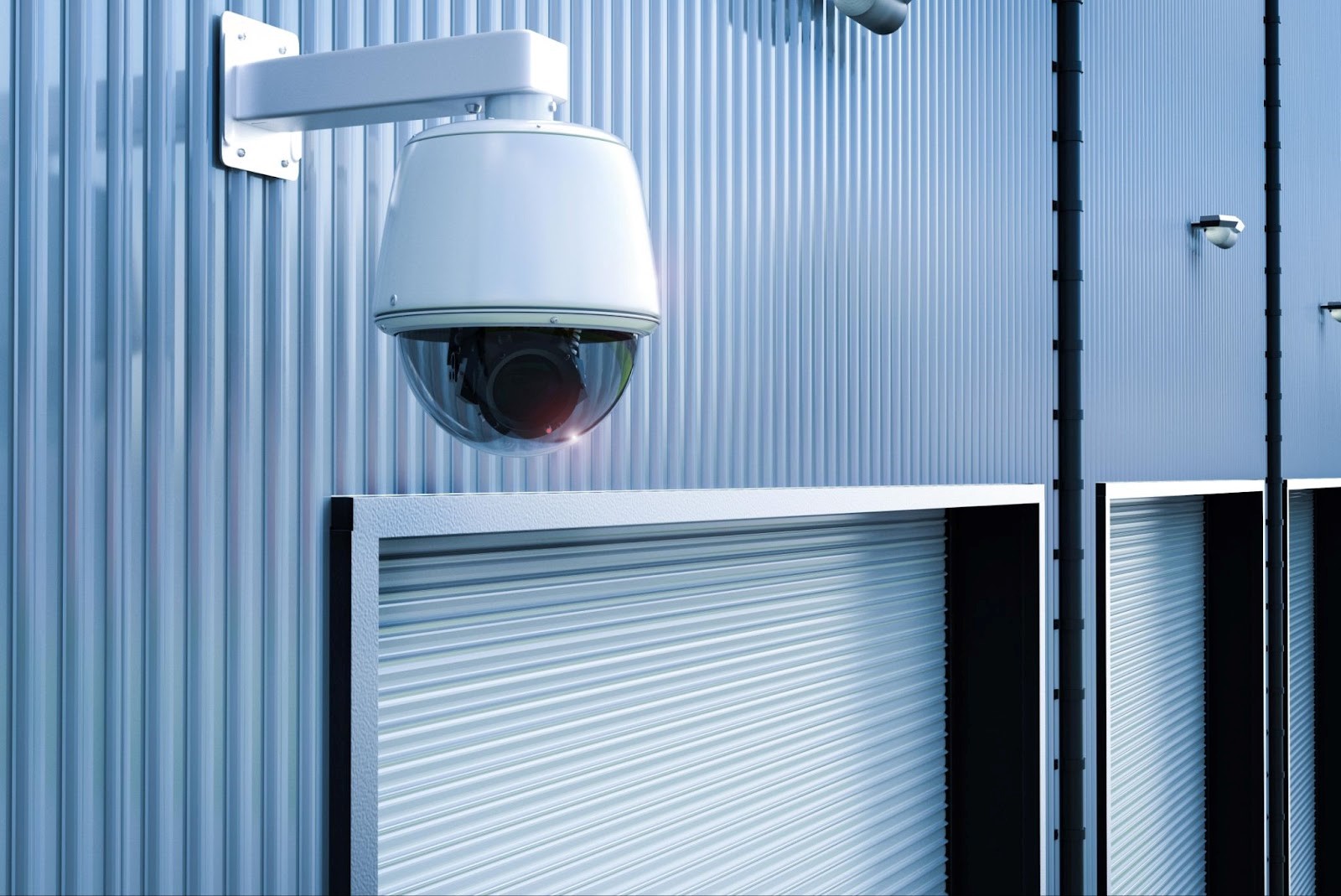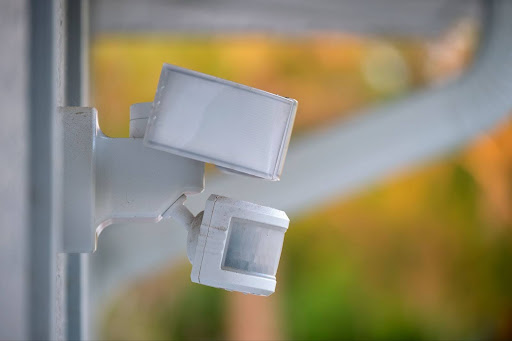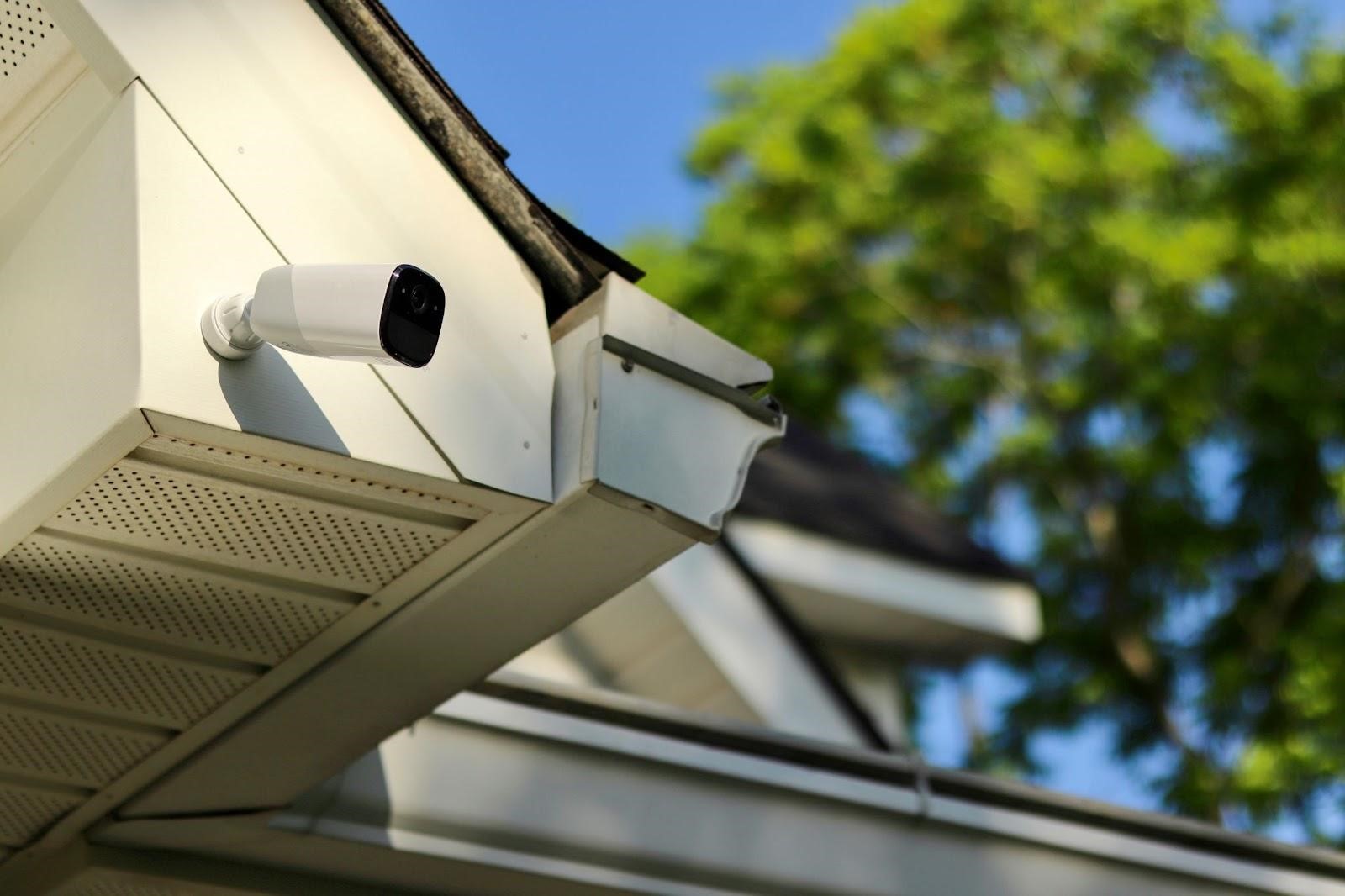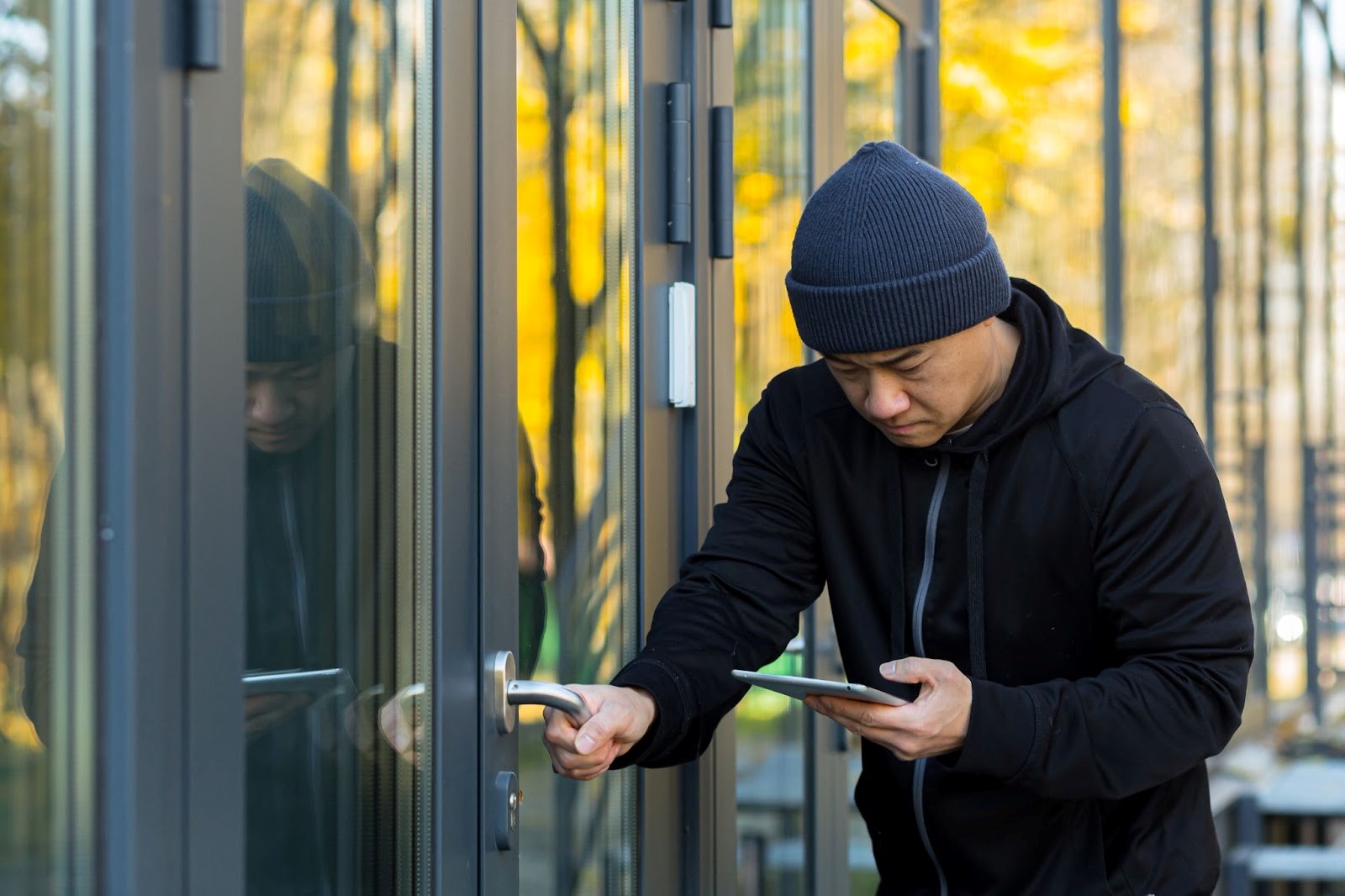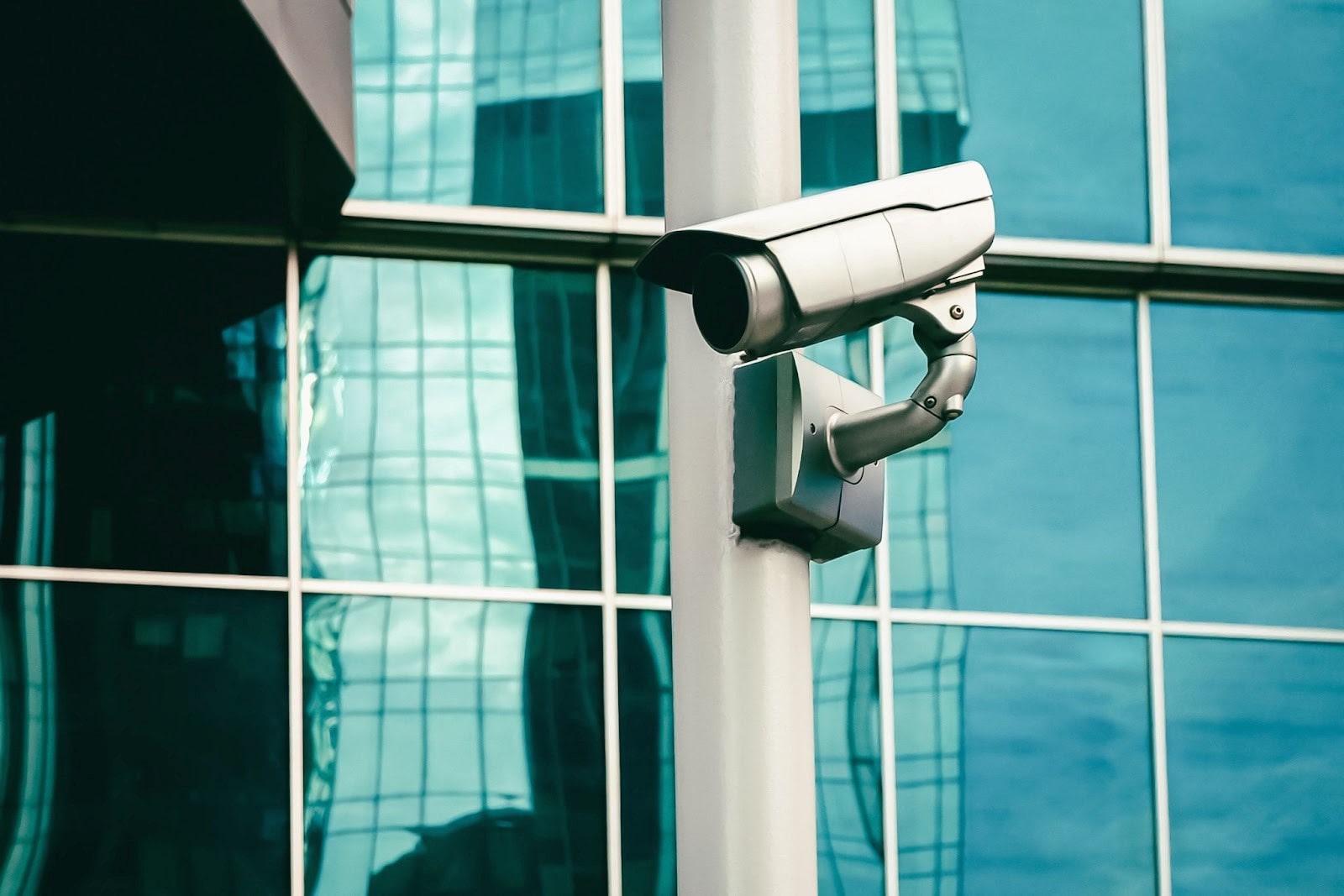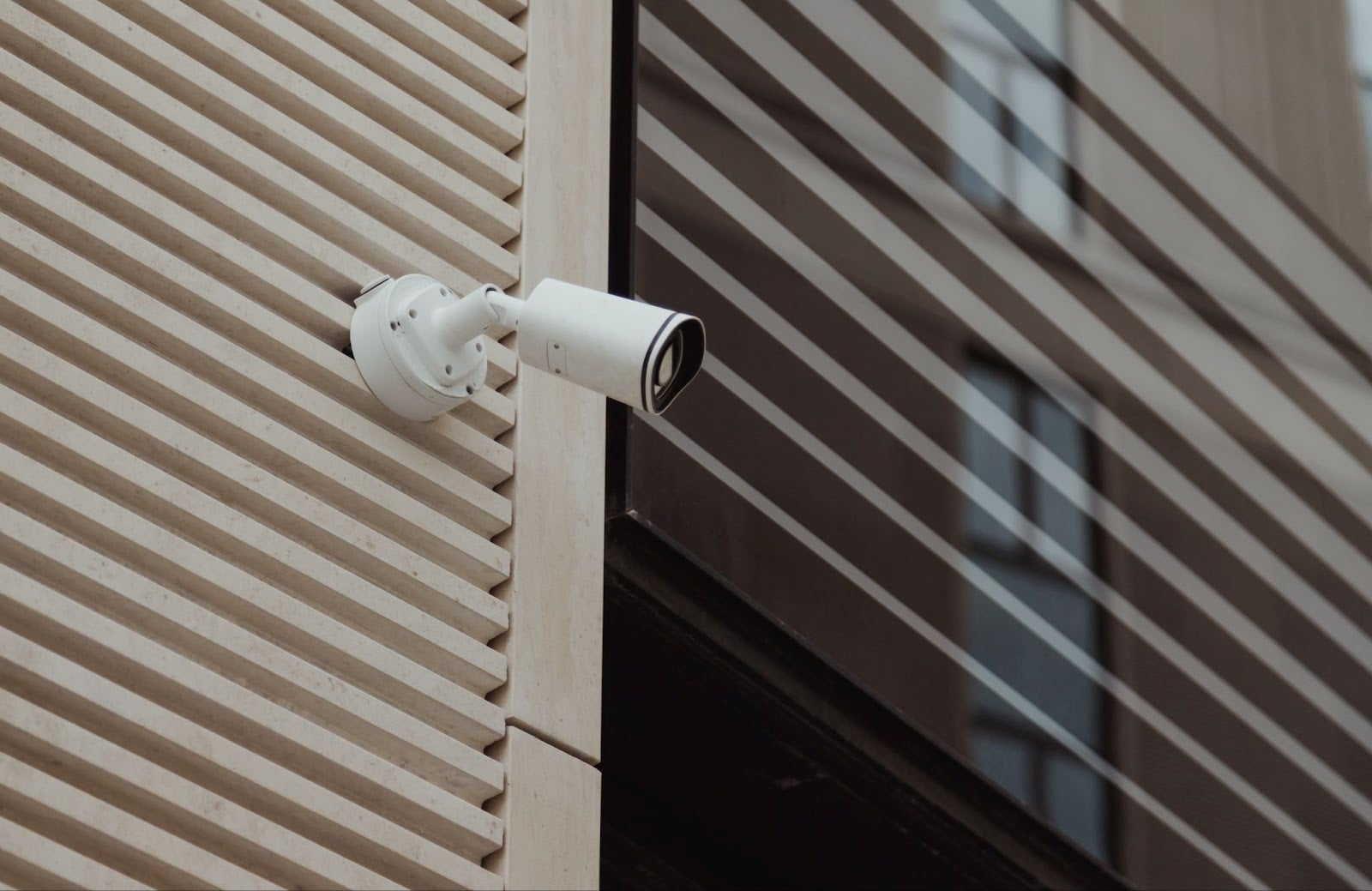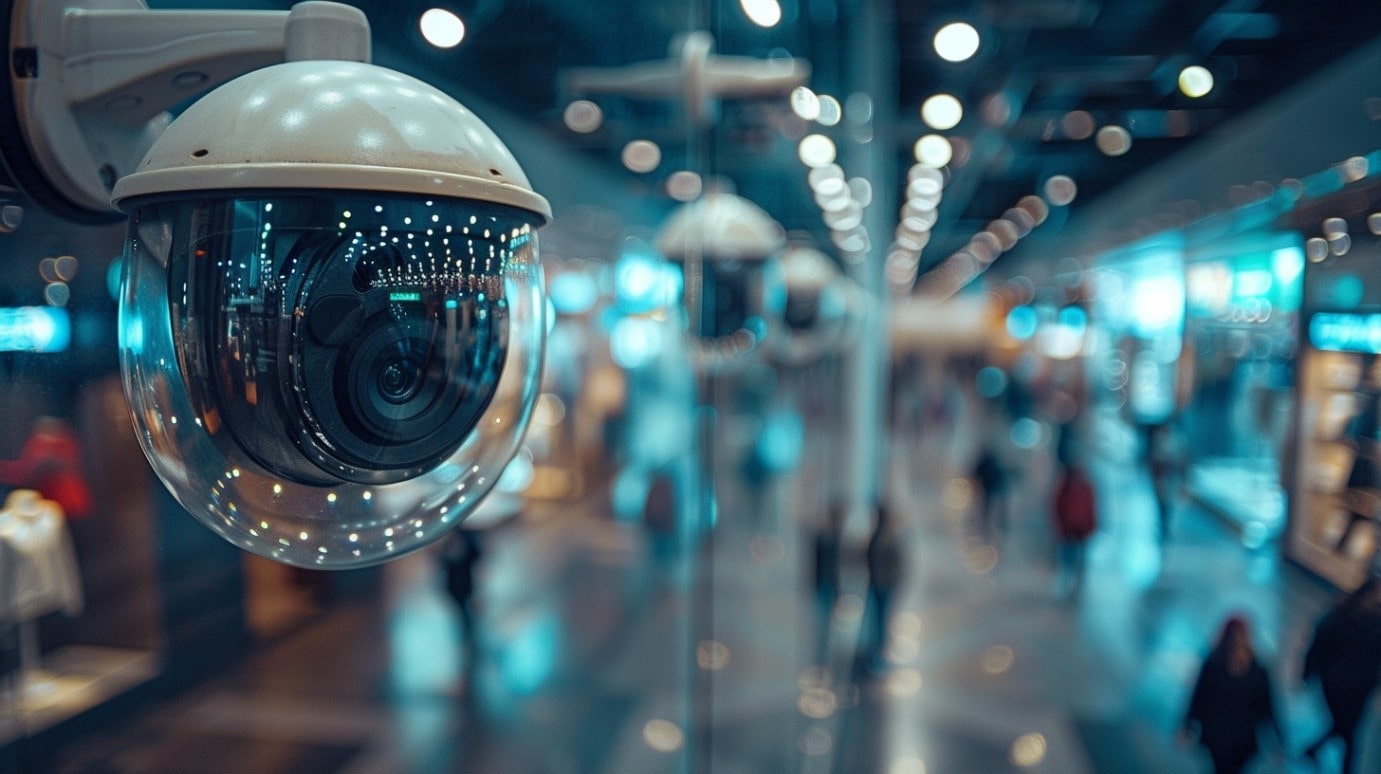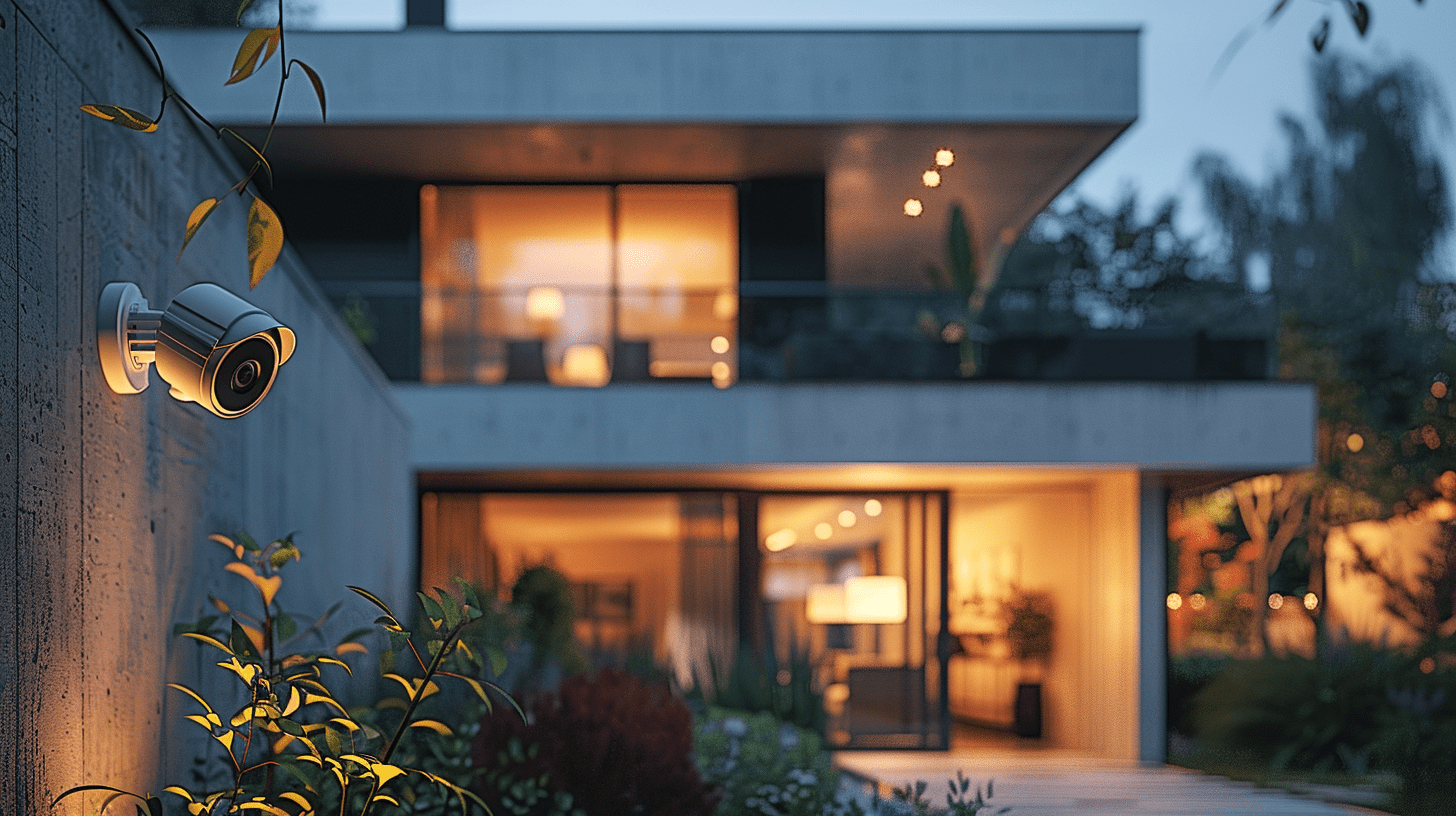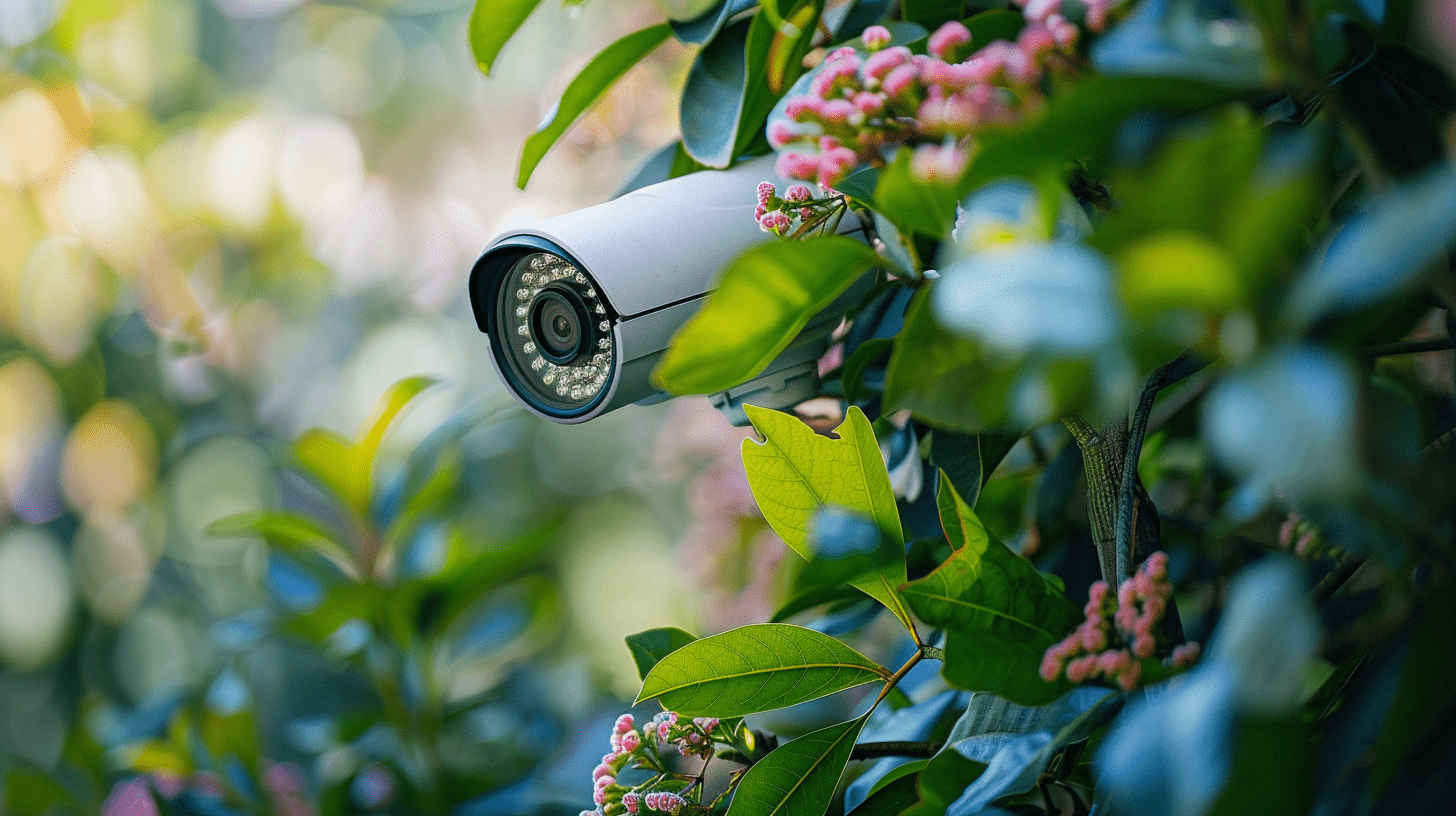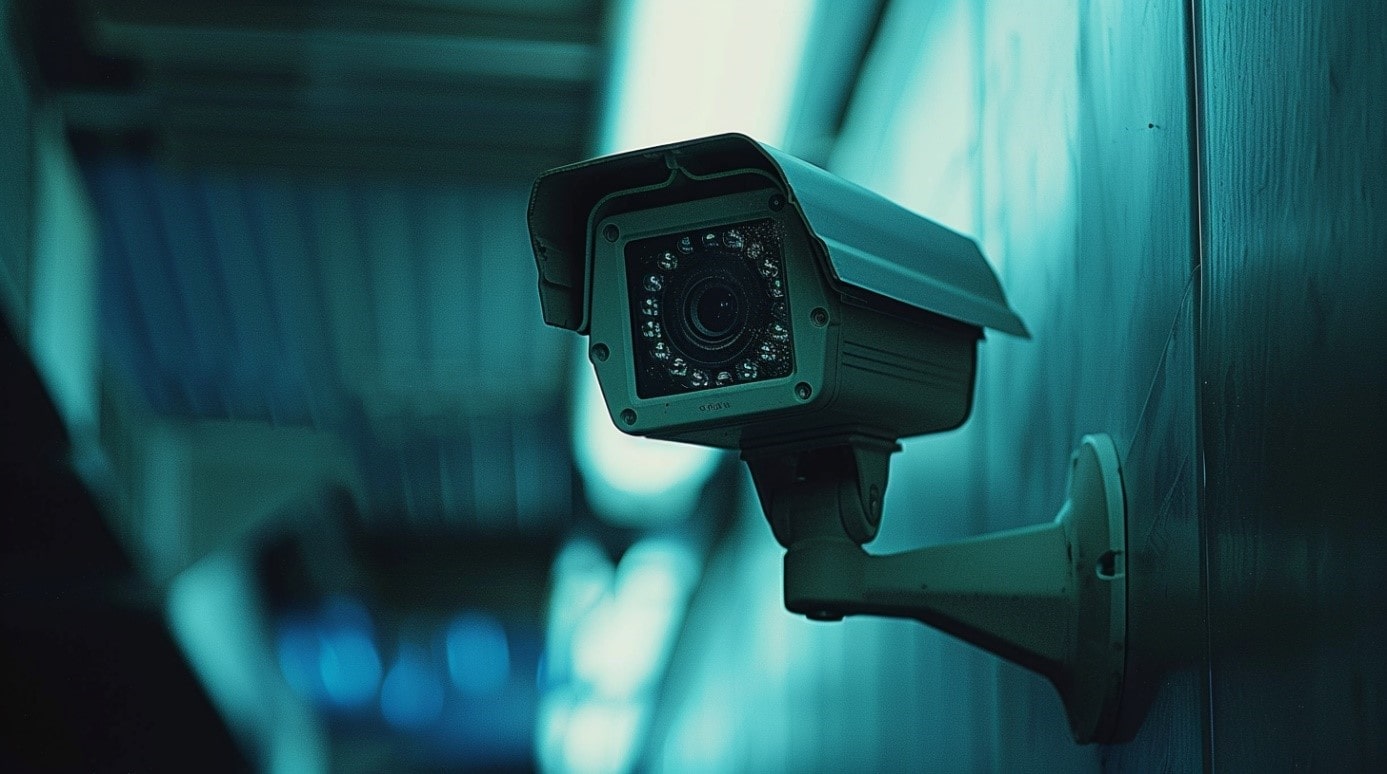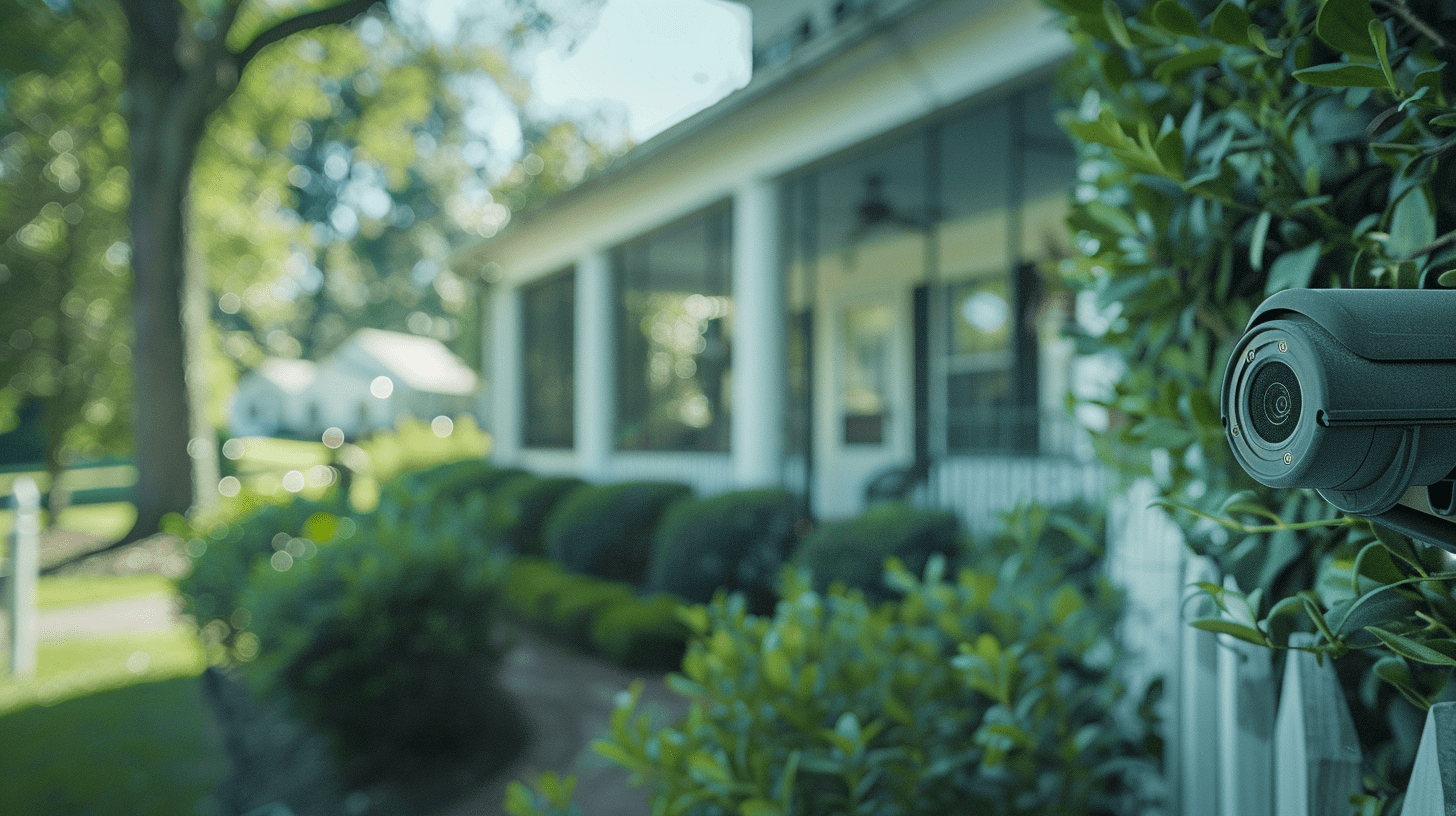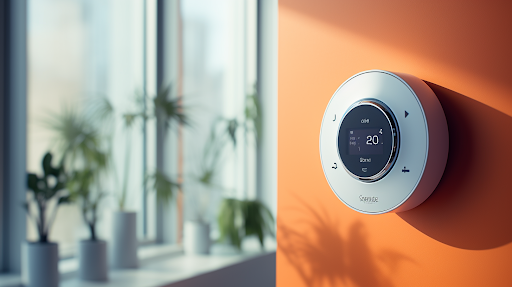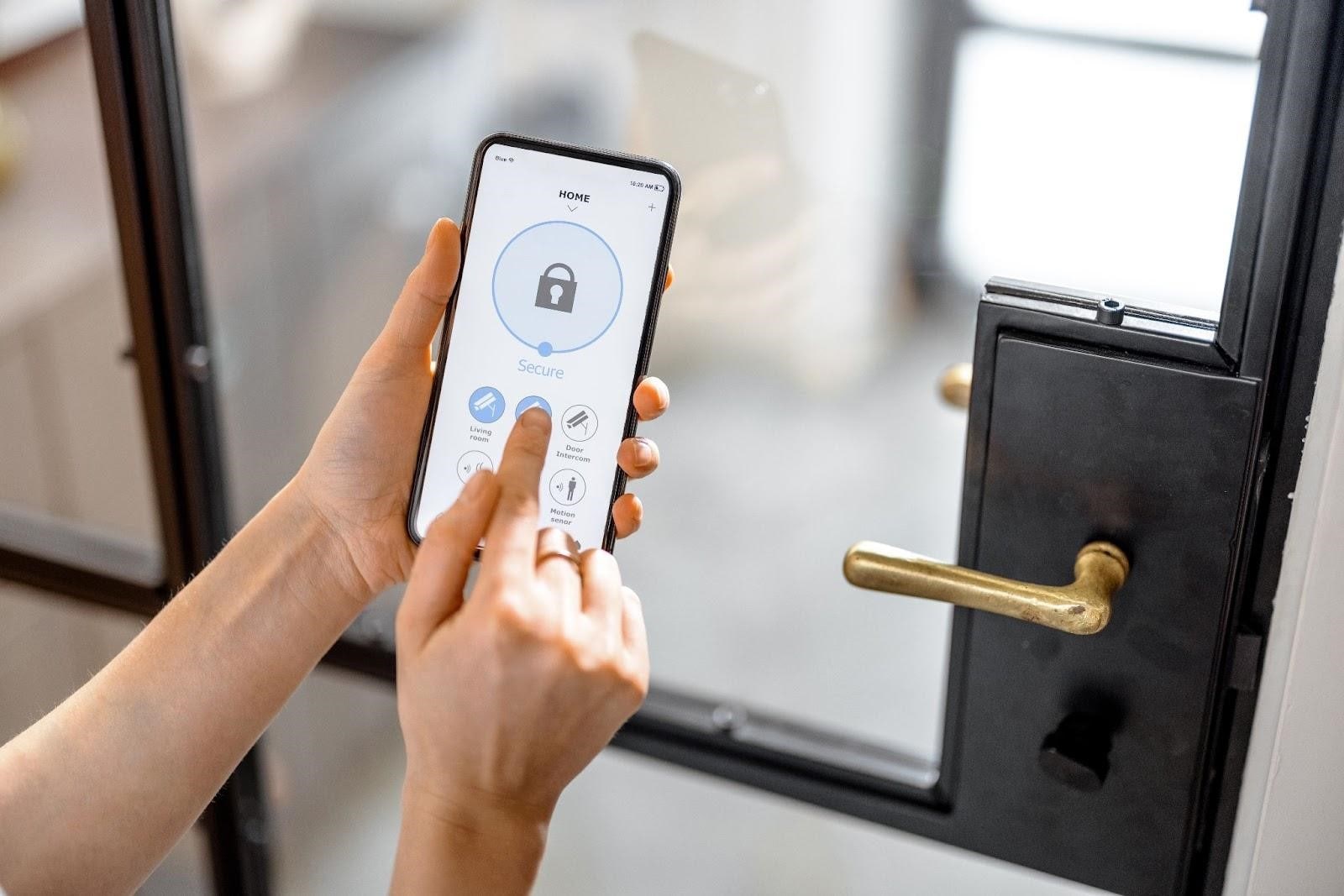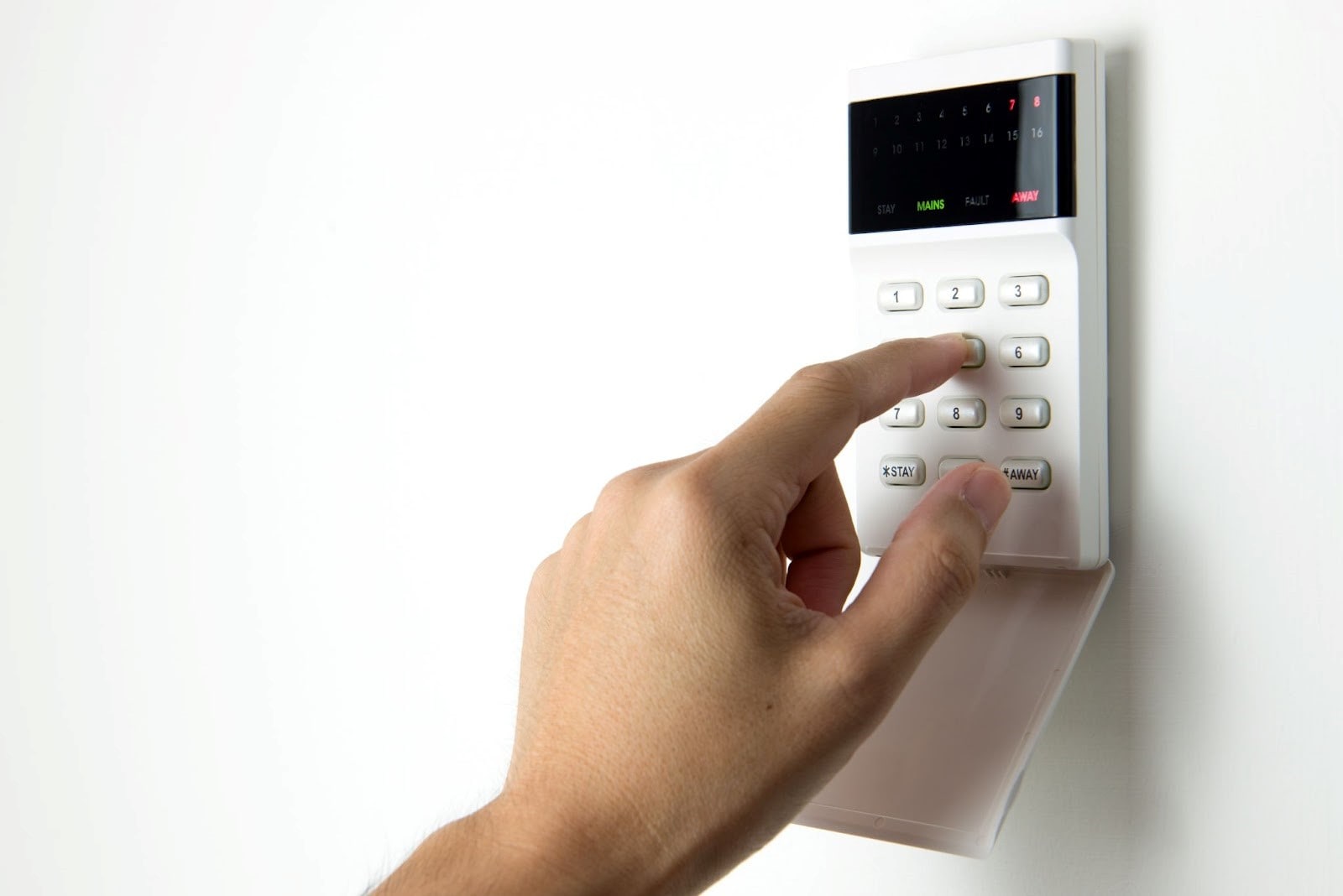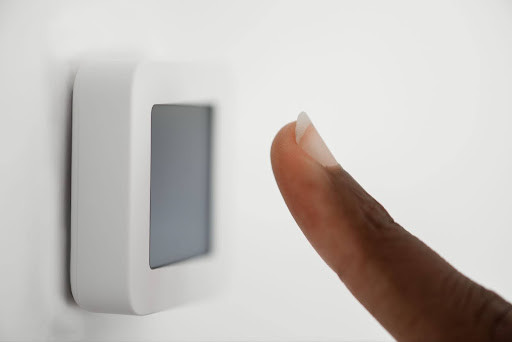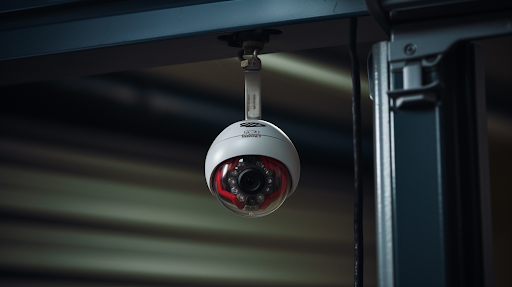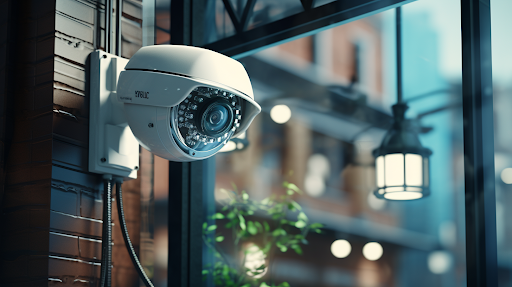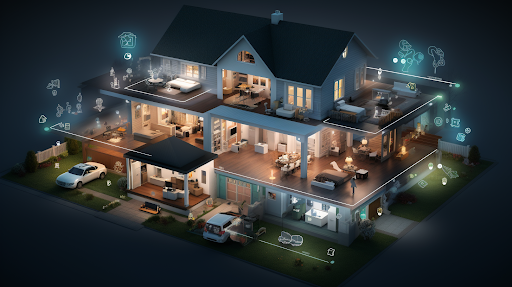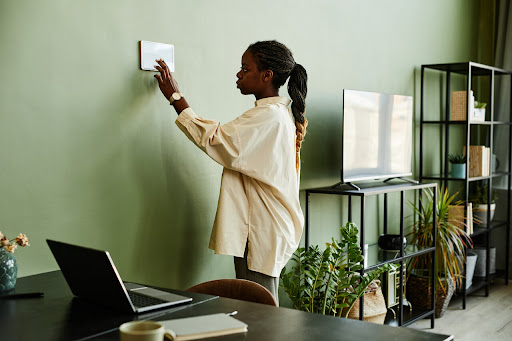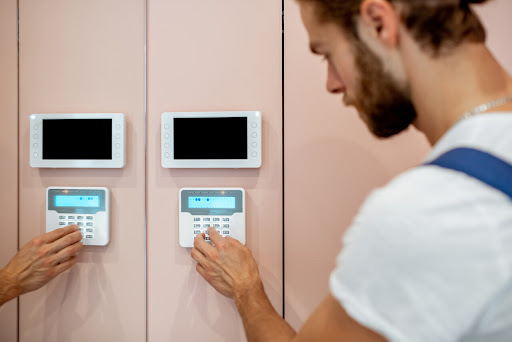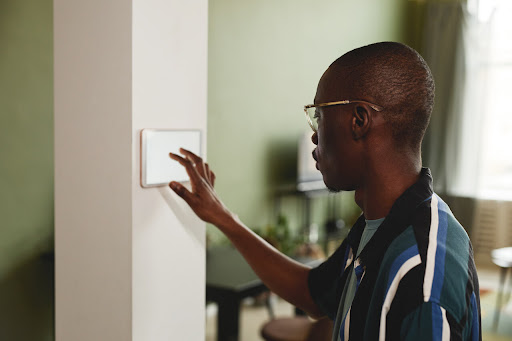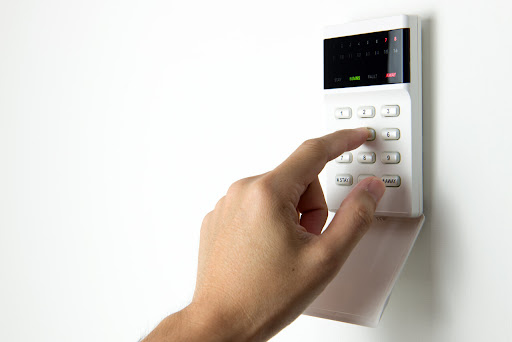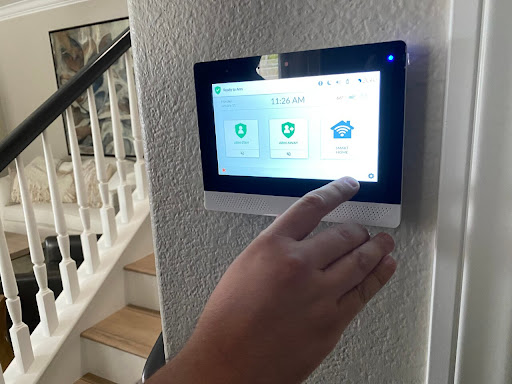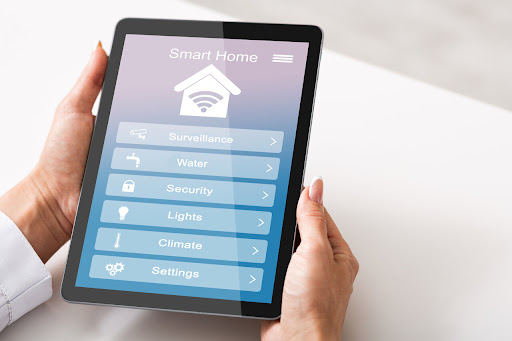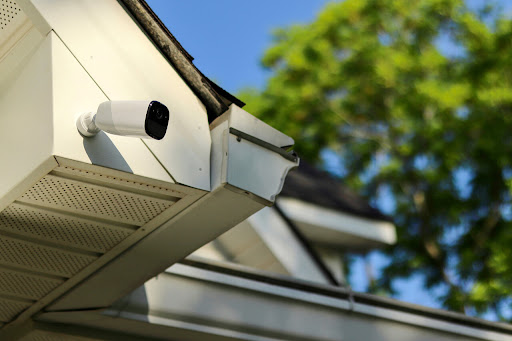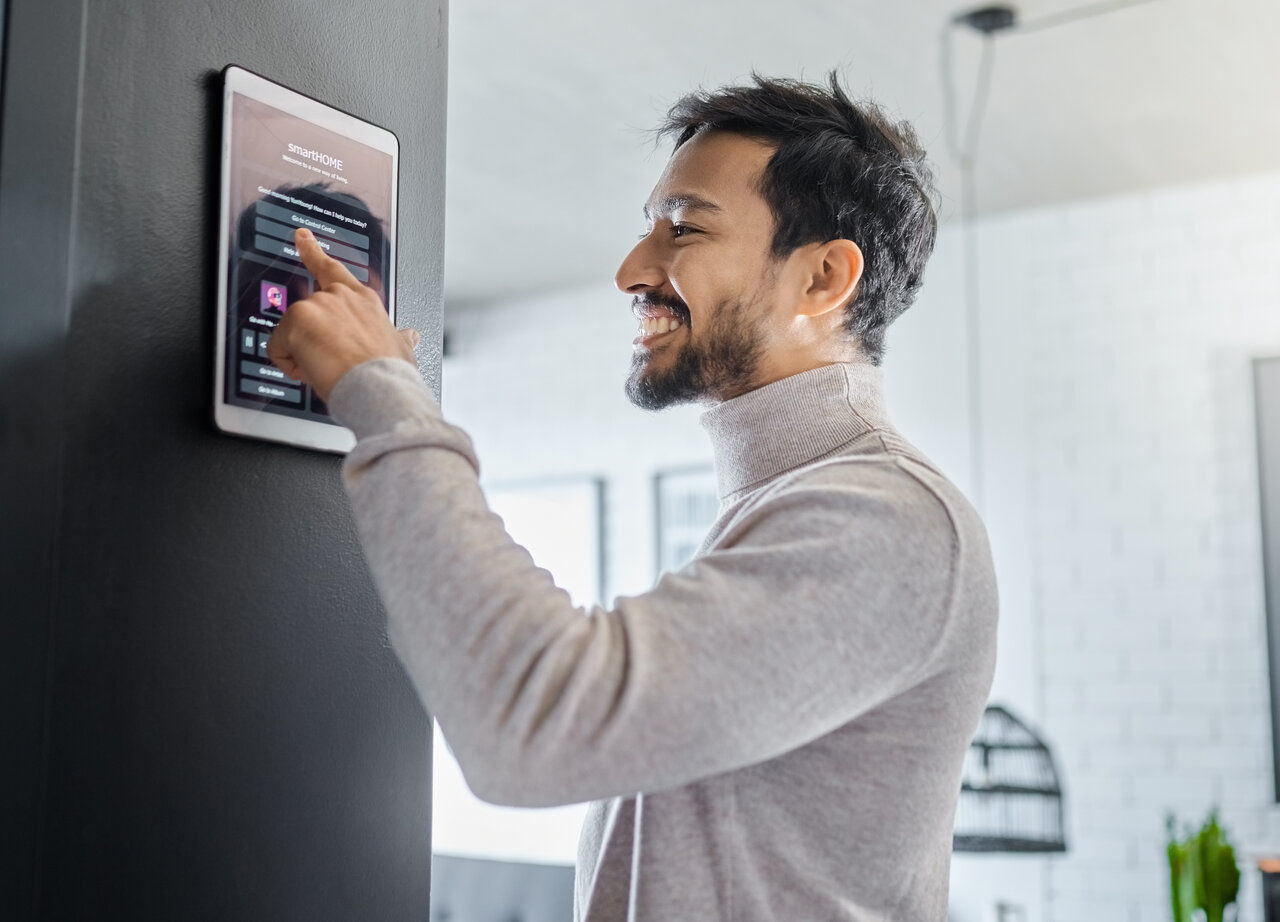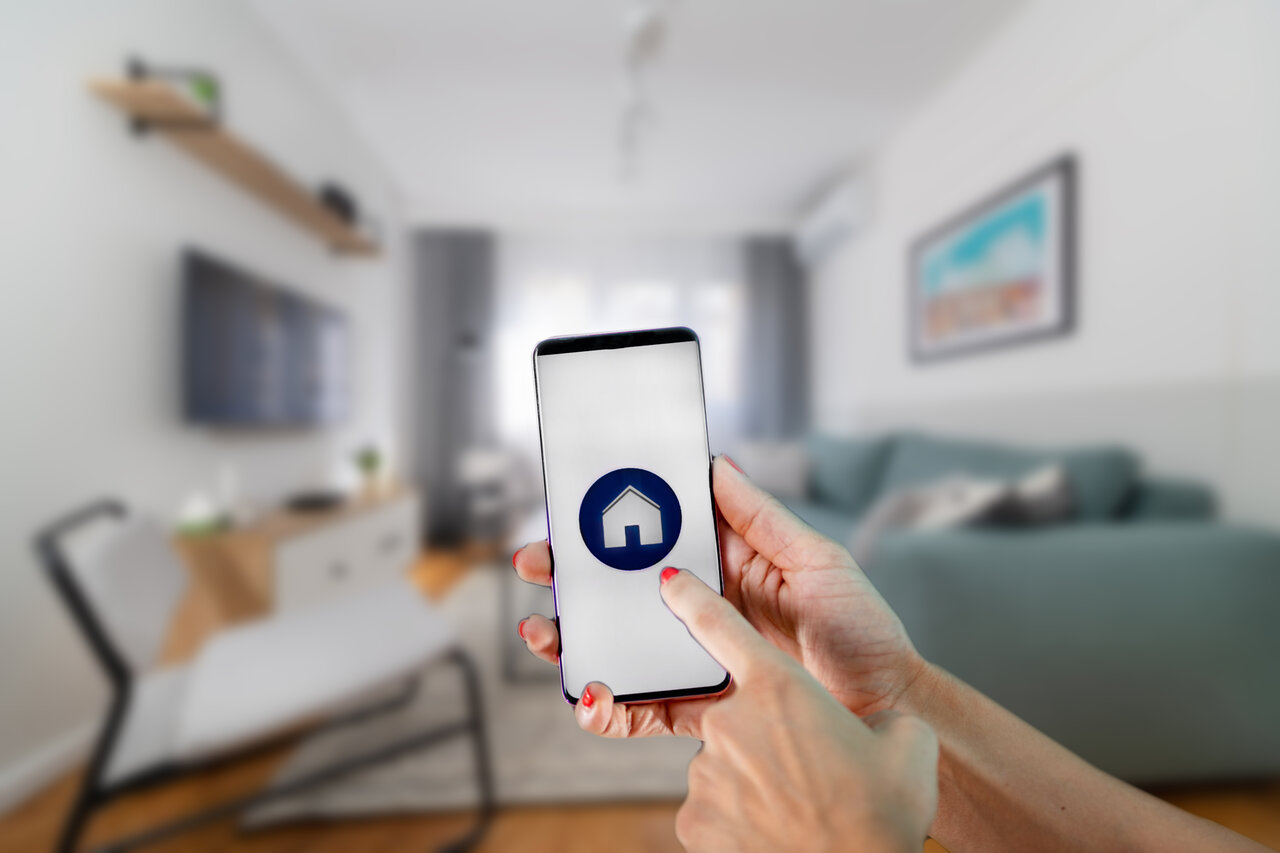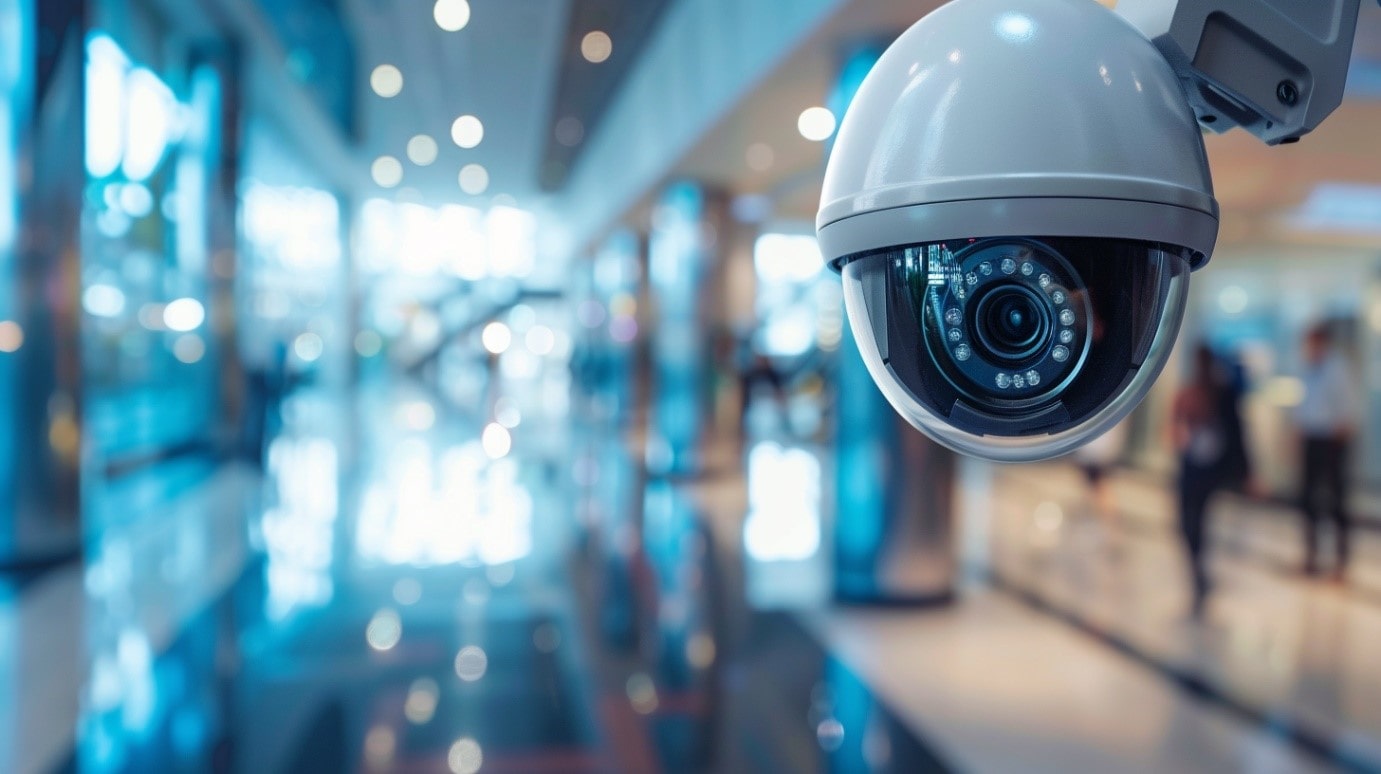
10 Reasons Your Business Needs Video Surveillance
Sommaire
- What Do Video Surveillance Systems Consist Of?
- 10 Reasons Your Business Needs Video Surveillance
- 1. Enhanced Security Measures
- 2. Protection Against Employee Theft
- 3. Increased Employee Productivity
- 4. Comprehensive Access Control
- 5. Real-Time Monitoring and Detection
- 6. Enhanced Situational Awareness
- 7. Compliance with Regulations
- 8. Cost-Effective Security Solutions
- 9. Customizable Solutions for Diverse Environments
- 10. Business Continuity and Operational Efficiency
- What Businesses Benefit From Video Surveillance?
- Retail Stores
- Law Enforcement
- Banks and Financial Institutions
- Hotels and Hospitality
- Corporate Offices
- Educational Institutes
- Healthcare Facilities
- Install a Commercial Security System to Safeguard Your Business
In today’s ever-evolving landscape of security threats and challenges, businesses of all sizes and industries are increasingly turning to video surveillance systems to safeguard their assets, protect their employees, and ensure the smooth operation of their operations.
From small retail stores to large corporate offices, the implementation of video surveillance has become a fundamental component of comprehensive security strategies. In this comprehensive guide, we share compelling reasons why your business needs video surveillance, exploring its myriad benefits, applications, and essential features.
What Do Video Surveillance Systems Consist Of?
Videosurveillance systems are composed of several key components designed to capture, process, and monitor video footage for security purposes. These components work together to provide businesses with comprehensive surveillance capabilities, enabling them to monitor their premises and respond to security threats effectively.
Here is a breakdown of what video surveillance systems typically consist of:
- Video Surveillance Cameras: At the core of any surveillance system are the cameras themselves. These devices are responsible for capturing video footage of the monitored area. Video surveillance cameras come in various types, including indoor cameras, outdoor cameras, and specialty cameras such as thermal cameras. They are strategically placed throughout the premises to ensure comprehensive coverage.
- Monitoring Devices: The captured video footage is transmitted to monitoring devices for real-time viewing and recording. These devices can include dedicated monitors, computers, or mobile devices equipped with surveillance software. Monitoring devices allow security personnel to observe live footage and review recorded footage as needed.
- Remote Access: Some advanced surveillance systems incorporate facial recognition software, which analyzes video footage to identify individuals based on their facial features. This technology can enhance security by enabling businesses to track known individuals or detect unauthorized individuals in restricted areas.
- Facial Recognition Technology: Some advanced surveillance systems incorporate facial recognition software, which analyzes video footage to identify individuals based on their facial features. This technology can enhance security by enabling businesses to track known individuals or detect unauthorized individuals in restricted areas.
- Audio Surveillance: In addition to video footage, some surveillance systems also include audio recording capabilities. Audio surveillance allows businesses to capture sound in the monitored area, providing additional context and information for security purposes.
Placing these devices in high-traffic areas ensures that any issues with privacy or security concerns are seamlessly dealt with. Whether you are self-monitoring your cameras with your mobile device or are trusting third-party security teams to monitor your video security, with security camera systems you can ensure you are running the safest possible workplace.
Safeguard your business with a commercial security system
10 Reasons Your Business Needs Video Surveillance
From identifying unauthorized access to identifying unusual behavior and instances of theft, businesses are vulnerable to a wide variety of threats and commercial security operations are not complete without video surveillance.
1. Enhanced Security Measures
Video surveillance serves as a cornerstone of modern security protocols, providing businesses with a proactive means of deterring and detecting criminal activity. By strategically deploying surveillance cameras in key areas such as entry points, parking lots, and high-traffic zones, businesses can effectively monitor their premises and promptly respond to any suspicious activity or security breaches.
2. Protection Against Employee Theft
Internal theft poses asignificant threat to businessesresulting in substantial financial losses and eroding trust within the organization. Video surveillance serves as a powerful deterrent against employee theft, discouraging dishonest behavior and providing irrefutable evidence in the event of wrongdoing.
3. Increased Employee Productivity
Beyond security concerns, video surveillance can also enhance employee productivity by promoting accountability and discouraging time theft or unauthorized breaks. With the knowledge that their actions are being monitored, employees are more likely to remain focused on their tasks and adhere to company policies.
4. Comprehensive Access Control
Video surveillance systems offer businesses robust access control solutions, allowing them to regulate entry to restricted areas and monitor employee access credentials. By integrating a robust access control system with surveillance cameras, businesses can enforce strict security protocols and mitigate the risk of unauthorized entry.
5. Real-Time Monitoring and Detection
With advanced features such as motion detection and video analytics, modern surveillance systems enable real-time monitoring of business environments. This capability empowers security personnel to swiftly identify and respond to potential threats, ensuring the safety of employees and customers alike.
6. Enhanced Situational Awareness
Video surveillance provides businesses with invaluable situational awareness, enabling them to make informed decisions and respond effectively to unfolding events. By capturing high-quality images and footage, surveillance cameras offer a detailed record of incidents, facilitating post-event analysis and forensic investigation.
7. Compliance with Regulations
In today’s regulatory landscape, businesses are subject to various legal requirements regarding security and privacy. Video surveillance systems help businesses maintain compliance with industry standards and regulations, ensuring that their security measures align with the expectations of regulatory authorities and federal privacy commissioners.
8. Cost-Effective Security Solutions
video surveillance represents a cost-effective security solution for businesses of all sizes. By investing in surveillance technology, businesses can mitigate the risk of costly incidents such as theft, vandalism, and fraudulent activity, ultimately reducing their reliance on expensive security resources and insurance premiums. Moreover, when insurance companies recognize you are making smart choices for the safety of your business, they are more likely to offer you a better rate, highlighting this as a cost-effective solution.
9. Customizable Solutions for Diverse Environments
Whether deployed in indoor settings such as retail stores and office buildings or outdoor environments like parking lots and commercial complexes, video surveillance systems offer a wide range of features tailored to diverse business needs. From panoramic views and wide angles to specialized functionalities like license plate recognition and facial recognition, businesses can customize their surveillance solutions to suit specific applications and security requirements.
10. Business Continuity and Operational Efficiency
Video surveillance plays a crucial role in ensuring the continuity of business operations, safeguarding assets, and minimizing disruptions caused by security incidents or emergencies. By maintaining a safe and secure environment, businesses can foster trust among employees and customers, bolstering their reputation and competitive edge in the marketplace.
Why every commercial space needs a comprehensive alarm system
What Businesses Benefit From Video Surveillance?
Retail Stores
Video surveillance is indispensable for retail stores, providing a robust security infrastructure against theft, vandalism, and employee misconduct. By deploying outdoor security cameras coupled with facial recognition software, retailers can proactively deter criminal activity and protect valuable assets.
Real-time surveillance and remote monitoring features enable swift response to security incidents, ensuring a safe shopping environment for customers and a sense of security for employees. Moreover, compliance with video surveillance regulations and advanced analytics capabilities empower retailers to optimize operations and enhance customer experience, ultimately driving profitability and reducing instances of theft.
Law Enforcement
In law enforcement, video surveillance serves as a force multiplier, bolstering investigative efforts, enhancing situational awareness, and deterring criminal behavior. By leveraging powerful surveillance technology, including facial recognition software and advanced detection algorithms, law enforcement agencies can swiftly identify suspects and track their movements in real-time.
Surveillance cameras deployed in public spaces and high-traffic areas provide critical intelligence to law enforcement personnel, enabling proactive crime prevention and community policing initiatives. Moreover, compliance with video surveillance regulations and stringent privacy measures ensure the responsible use of surveillance technology while maintaining public trust in law enforcement operations.
Banks and Financial Institutions
Security is paramount for banks and financial institutions, and video surveillance systems offer a comprehensive solution to safeguard against fraud, theft, and security breaches. By deploying a combination of indoor and outdoor security cameras with high-resolution imaging and facial recognition capabilities, banks can monitor sensitive areas and detect unauthorized access in real-time.
Additionally, advanced analytics and remote monitoring features enable proactive threat detection and swift response to security incidents, mitigating risks and ensuring the safety of customers and employees alike. Compliance with video surveillance regulations and robust storage solutions further bolster security measures, enhancing operational resilience and instilling confidence among stakeholders.
Hotels and Hospitality
The hospitality industry relies on video surveillance to ensure the safety and security of guests, staff, and property assets. Through the strategic deployment of outdoor security cameras and access control systems, hotels can monitor guest entry points, parking lots, and public areas to deter criminal activity and unauthorized access.
Real-time surveillance and remote monitoring capabilities enable hotel security personnel to respond promptly to security incidents, maintaining a safe environment and preserving guest satisfaction. Furthermore, compliance with video surveillance regulations and stringent privacy policies underscore the hotel’s commitment to guest privacy and safety, fostering trust and loyalty among clientele.
Corporate Offices
Corporate offices leverage video surveillance systems to protect against security threats, monitor employee productivity, and safeguard sensitive information. By deploying indoor security cameras equipped with facial recognition software and access control systems, corporate entities can monitor employee access, track visitor activity, and prevent unauthorized entry into restricted areas.
Real-time surveillance and remote monitoring features enable security personnel to respond swiftly to security breaches, ensuring the safety of employees and assets. Additionally, compliance with video surveillance regulations and data protection measures strengthens corporate governance and instills confidence among employees and stakeholders.
Educational Institutes
Educational institutions rely on video surveillance to maintain a safe and secure learning environment for students, faculty, and staff. Through the strategic placement of outdoor security cameras and access control systems, schools can monitor campus activity, deter vandalism, and prevent unauthorized entry into sensitive areas.
Real-time surveillance and remote monitoring capabilities enable school administrators to respond promptly to security incidents, ensuring the safety of students and maintaining operational continuity. Furthermore, compliance with video surveillance regulations and privacy policies demonstrates the institution’s commitment to student welfare and fosters a conducive learning environment conducive to academic success.
Healthcare Facilities
Video surveillance plays a critical role in healthcare facilities, protecting patient privacy, preventing unauthorized access to sensitive areas, and ensuring the safety of patients and staff. By deploying indoor security cameras coupled with access control systems, healthcare institutions can monitor patient rooms, corridors, and entrances to detect security breaches and ensure compliance with regulatory requirements.
It is important to balance the expectation of privacy within a healthcare setting whilst also ensuring a reasonable layer of security is upheld. Through video surveillance compliance, healthcare business locations can utilize video monitoring whilst also providing an additional layer of security to a wide variety of patients to facilitate a safer environment.
Install a Commercial Security System to Safeguard Your Business
Sting Security we are dedicated to safeguarding businesses in and around Montreal, offering state-of-the-art commercial security systems that instill a profound sense of security. Our comprehensive solutions encompass business alarm systems, advanced video monitoring, access control systems, and intrusion detection technologies.
With our tailored approach, we provide businesses with an additional layer of security, addressing potential security issues before they escalate. Our systems boast cutting-edge detection capabilities, ensuring proactive threat identification and swift response to security breaches. Choosing Sting Security is a smart choice for businesses seeking unparalleled protection and peace of mind!





